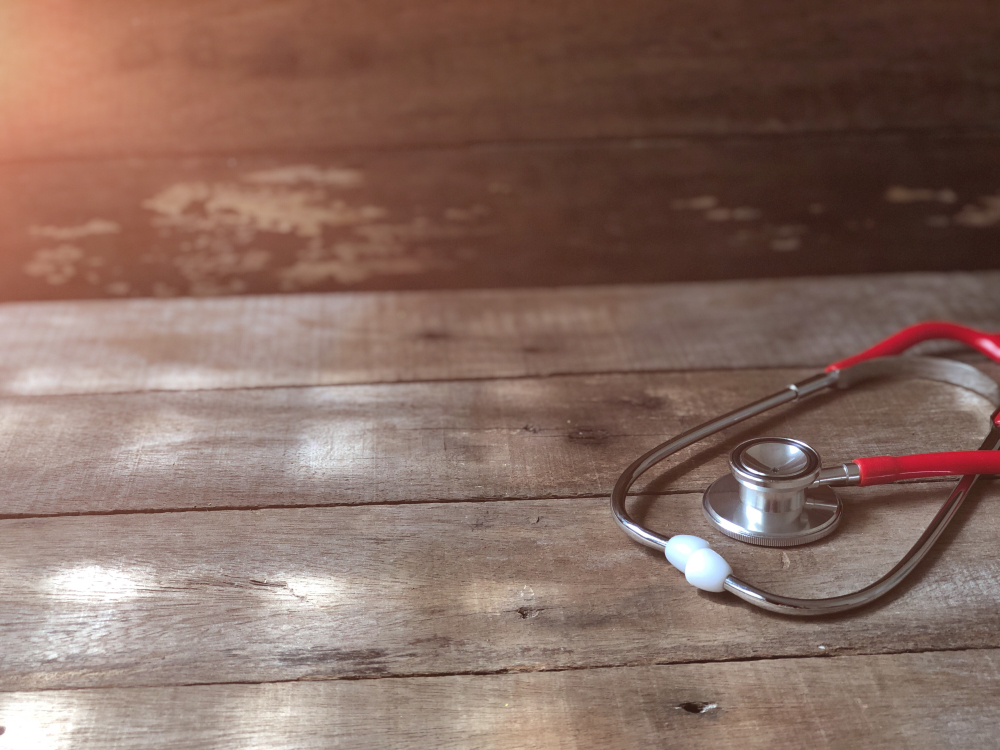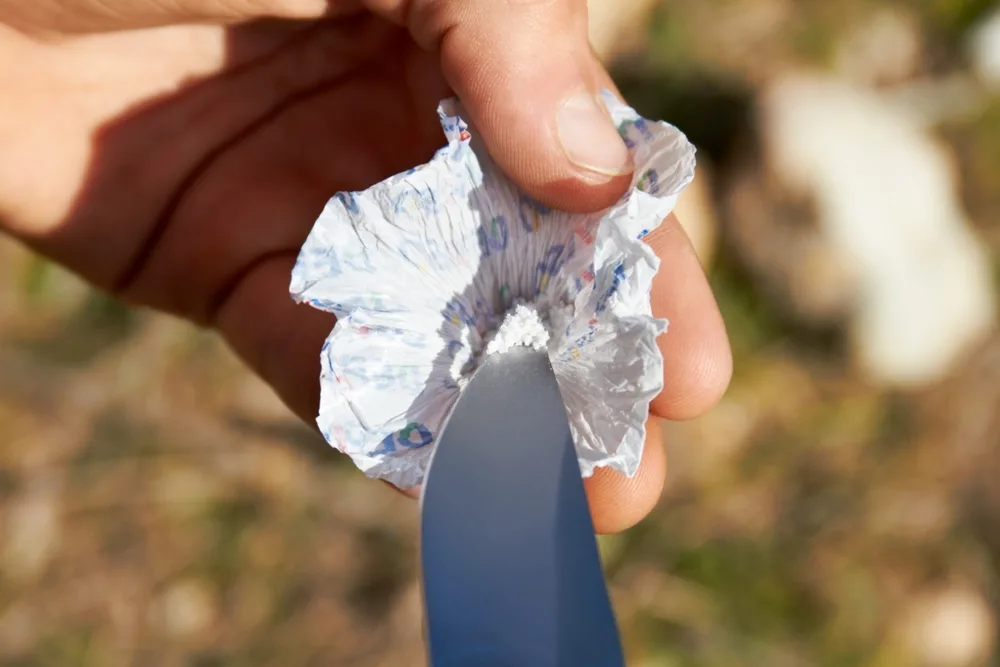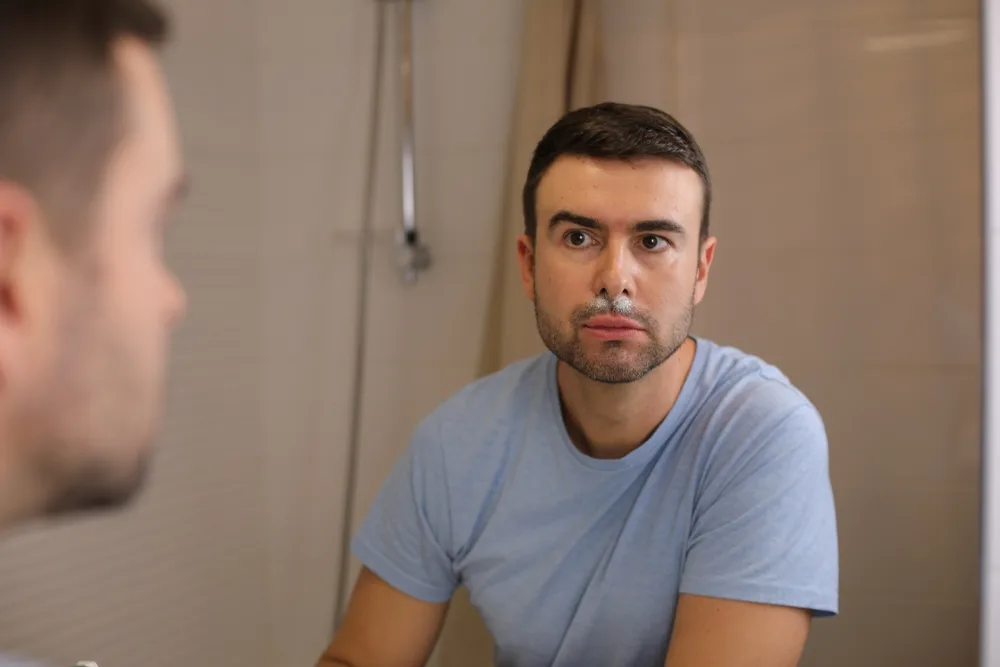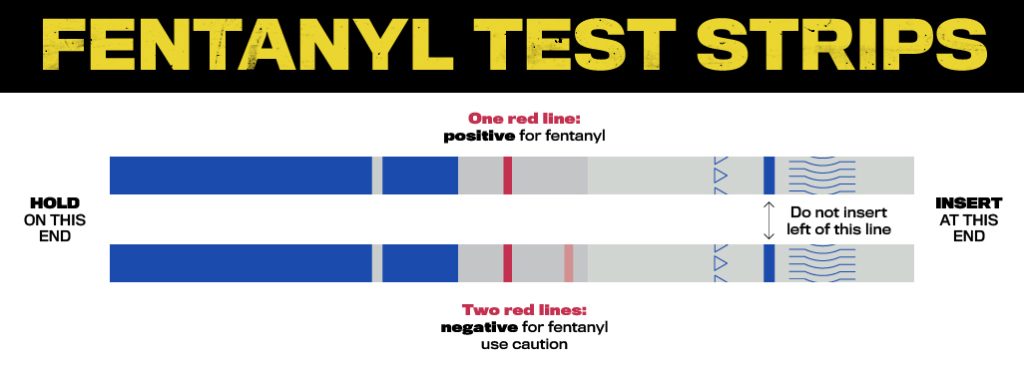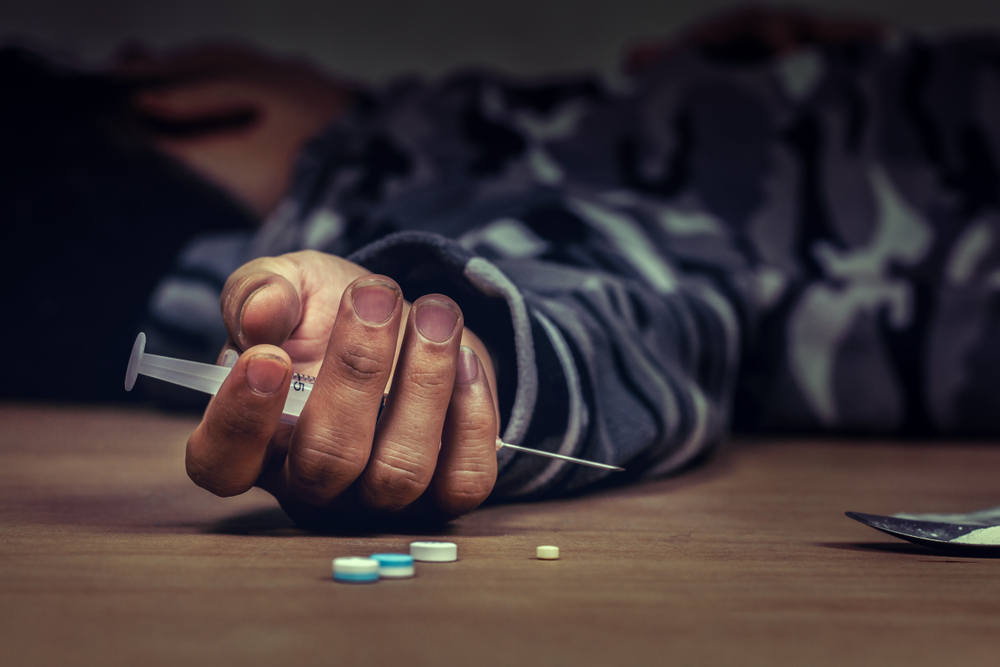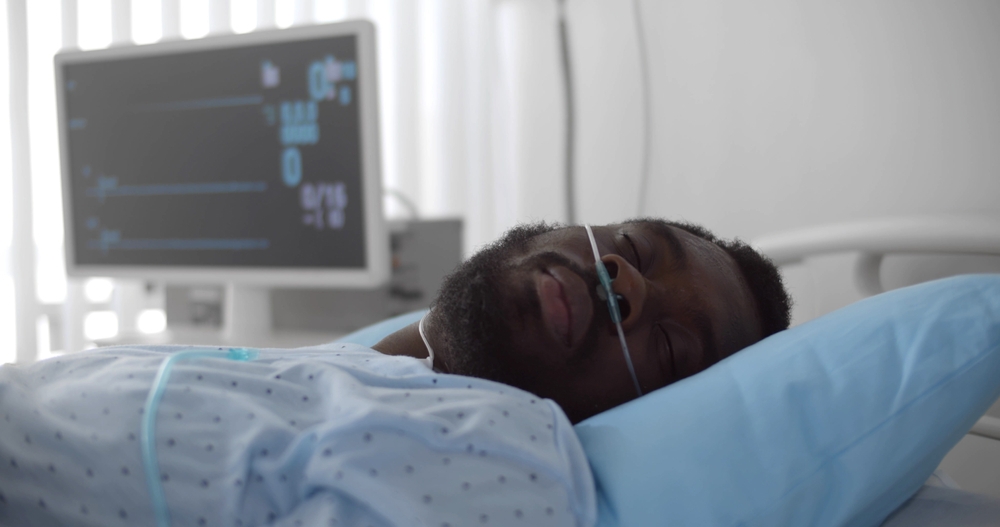What Makes a Great Rehab Facility? The Features That Truly Matter
Choosing the right rehab facility is one of the most important decisions for yourself or a loved one. There are countless options, but not all rehab centers offer the same level of care, expertise, or long-term success. Some prioritize profit over patient well-being, while others provide world-class treatment that genuinely changes lives.
So, how do you separate the best from the rest? What should you look for to ensure you or your loved one gets the right support? This guide will walk you through the essential features of a high-quality rehab facility—helping you find a place that truly delivers on its promises.
Core Features of an Effective Rehab Facility
When looking for a good rehab center, you need more than just a detox and therapy facility. The best drug rehabilitation facilities focus on long-term recovery through evidence-based care and tailored treatment.
Licensed, Experienced, and Compassionate Staff

The quality of a rehab facility starts with its team. A great center will have licensed professionals with expertise in behavioral health, dual diagnosis, and addiction treatment. These professionals should be trained in evidence-based approaches and include:
- Psychiatrists & medical doctors: To diagnose and treat co-occurring disorders and manage medications, especially for opioid addiction and other substance dependencies.
- Licensed therapists & counselors: To help individuals break destructive thought patterns.
- Case managers & aftercare specialists: To ensure a smooth transition from inpatient care to sober living or outpatient support.
What to look for
- A facility with a diverse team, not just general therapists
- Staff-to-patient ratio—personalized care is impossible if a facility is overcrowded
- Accreditations from reputable organizations like The Joint Commission or CARF
Individualized Treatment Plans That Address the Whole Person
No two people experience addiction the same way, so treatment shouldn’t be one-size-fits-all. The best drug abuse rehabs tailor programs based on the following:
- Medical history & physical health: Does the person need detox, medication management, or specialized care?
- Co-occurring disorders: A dual diagnosis approach is critical for co-occurring mental health and substance abuse disorders.
- Personal triggers & trauma history: Trauma-informed care helps address the root causes of addiction.
A high-quality program will integrate multiple types of therapies to accommodate different patient needs.
What to ask
- Will my treatment plan be customized, or does everyone follow the same program?
- What therapy approaches are used? Do they include evidence-based methods?
Comprehensive Aftercare and Sober Living Support
Recovery doesn’t end after a 30-day program. A great rehab facility will have a structured plan for sober living and continued care to increase the likelihood of long-term recovery.
What to look for
- Aftercare planning: Support for the transition back to everyday life
- Sober living options: Drug-free environments that reinforce recovery habits
- Alumni programs & peer support: Ongoing connection with a community of people in recovery
What to ask
- How does this facility support patients after treatment?
- Is there help finding sober living housing or continued therapy?

Health Insurance Coverage and Affordability
Rehab is an investment in a healthier future, but it doesn’t have to be out of reach. Many health insurance companies cover addiction treatment, but coverage varies. A high-quality facility will help you understand your insurance coverage and offer financial guidance.
What to check
- Does the facility accept major health insurance companies?
- Are they transparent about costs upfront?
- Do they offer payment plans if insurance doesn’t cover everything?
What to ask
- Will you verify my insurance coverage before admission?
- Are there out-of-pocket costs, and how are they handled?
A Strong Track Record of Success
Look for rehab facilities that have a proven history of helping people recover. While no program can guarantee success, some key indicators of high-quality care include:
- Patient testimonials & reviews – Look for genuine feedback from people who have completed the program
- Accreditations & licensing – Ensure the facility meets high standards for addiction treatment
- Long-term success rates – Ask how they measure and track recovery outcomes
What to ask
- Can you share success stories or testimonials?
- How does the facility support long-term recovery?
The Role of Comfort in Recovery
Comfort plays a huge role in recovery. When you’re in a safe, supportive environment, it’s easier to focus on healing. A good rehab should offer private rooms or quiet spaces, nutritious meals, and recreational activities like yoga or hiking. These amenities help reduce stress, restore physical health, and create a sense of security—allowing you to fully engage in treatment.
If a facility feels cold or chaotic, it can make recovery more challenging. Look for a place that prioritizes clean, peaceful surroundings and provides opportunities for healthy routines. When you feel comfortable, supported, and valued, you’re more likely to stay committed to the process and build positive habits that last beyond rehab.
Specialized Therapies and Activities
Addiction often stems from underlying issues like trauma, mental health struggles, or negative thought patterns. Standard therapy like dialectical behavioral therapy, family therapy, CBT, etc., helps, but many people need additional support through holistic, hands-on approaches. A well-rounded rehab should offer:
1. Group therapy: Sharing experiences in a guided group setting helps you feel less alone, learn from others, and build a strong support system.
2. Trauma-informed care: Many people with addiction have experienced trauma. A rehab that offers trauma-informed therapy ensures you receive compassionate, specialized care that helps you process and heal safely.
3. Experiential therapies: Activities like hiking, art therapy, equine therapy, and music therapy allow you to express emotions, relieve stress, and develop new ways to cope.
A great rehab facility provides diverse therapy options to ensure every aspect of your recovery is supported. The more tools you have, the better prepared you’ll be for a healthy, substance-free life.

The Importance of Location and Environment
The environment where you recover matters more than you might think. A peaceful, distraction-free setting allows you to step away from the stresses and triggers of daily life, giving you the space to focus fully on healing. Many people find that being in a calm, natural setting—away from noise and negativity—helps them reflect, reset, and engage more deeply in their recovery journey.
The location also affects the overall experience of rehab. A place with open spaces, fresh air, and opportunities for outdoor activities—like hiking, meditation, or simply sitting in nature—can make the process feel more restorative. The goal is to be in an environment that supports your well-being, helping you feel safe, clear-headed, and ready to rebuild your life.
Spotlight on The Watershed
If you’re looking for a world-class rehab facility that combines expert care with a serene, healing environment, More Than Rehab’s The Watershed is a top choice.
Located on 50 acres of rural Texas countryside, The Watershed offers an ideal setting for young adults and pretty much anyone seeking a high-quality recovery experience.
What Sets The Watershed Apart?
- Scenic hiking trails: Encourages physical activity and mindfulness
- Fishing and swimming: Relaxing, therapeutic outdoor activities
- ATV rides: A fun, healthy way to experience nature
- Round-the-clock support: Licensed professionals available 24/7 to ensure your safety and progress
At The Watershed, recovery is about breaking free from addiction and rebuilding your life in a way that’s sustainable, fulfilling, and deeply rewarding. Contact us today for more information. Help is just a phone call away.


